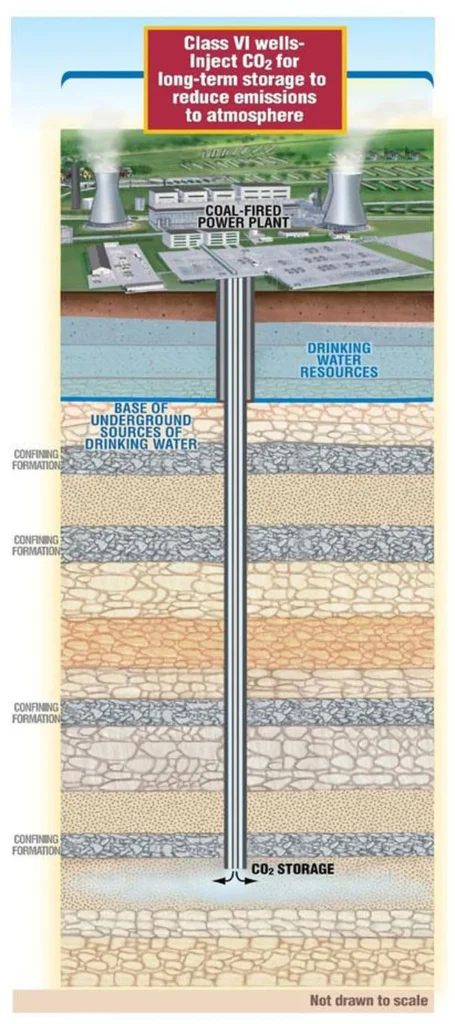In the heart of the San Juan Basin, a significant step forward is being taken to ensure the safe and responsible storage of carbon dioxide (CO2) underground, a critical component in the fight against climate change. Jason Simmons, a researcher at the Petroleum Recovery Research Center at New Mexico Tech, has published a study in the journal “Water Resources Research” (translated to English as “Research on Water Resources”) that could reshape how energy companies approach large-scale CO2 storage projects, particularly in oil and gas-rich regions.
The study, which supports a Underground Injection Control (UIC) Class VI permit application for a commercial CO2 storage project, delves into the intricate task of delineating underground sources of drinking water (USDWs). This process is crucial for obtaining permits that allow CO2 to be injected and stored safely, without compromising vital water resources.
Simmons and his team utilized publicly available groundwater and produced water data, along with geologic maps from the U.S. Geological Survey, to define the areal extent of the lowest USDWs in the San Juan Basin. Their findings identified seven formations that qualify as the lowest USDW in the region and highlighted the importance of reviewing hydrocarbon-bearing formations that report water production as potential sources of drinking water.
“This study is particularly insightful for oil and gas producing states where production formations also contain large volumes of water,” Simmons explained. “Our results can provide a roadmap for future organizations intending to apply for Class VI permits, ensuring that they meet the technical criteria and protect vital water resources.”
The implications of this research are far-reaching for the energy sector. As the push for carbon capture and storage (CCS) technologies gains momentum, understanding how to navigate the regulatory landscape and protect water resources will be paramount. Simmons’ work offers a valuable blueprint for energy companies looking to implement large-scale CO2 storage projects, particularly in regions with complex hydrogeology.
Moreover, the study underscores the importance of thorough site characterization and the need for comprehensive data collection. By leveraging publicly available data and advanced mapping tools, Simmons demonstrates how energy companies can make informed decisions that balance environmental protection with commercial interests.
As the energy sector continues to evolve, research like Simmons’ will play a pivotal role in shaping the future of CO2 storage and ensuring that these projects are both effective and sustainable. With the publication of this study in “Water Resources Research,” the industry now has a clearer path forward, one that prioritizes the protection of underground sources of drinking water while advancing the goals of carbon mitigation.

